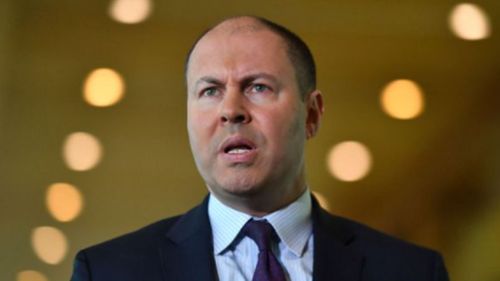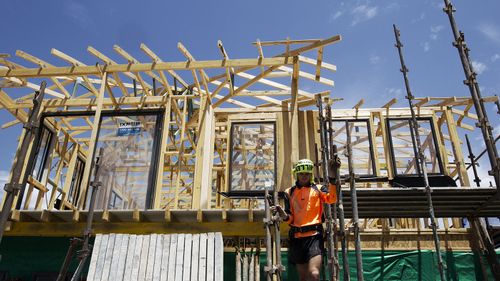Australia is enjoying a “red hot recovery” in the wake of the COVID-19 pandemic with jobs, iron ore prices and retail recovery all filling the nation’s coffers.
New research by Deloitte Access Economics labelled Australia’s financial return from the depths of the pandemic “red hot”, forecasting a bumper budget to be handed down on May 11.
Economists found three factors which are driving Australia’s economic recovery: unemployment falling far faster than forecasted; a rise in iron ore prices is boosting export numbers, and Aussie families have been less reluctant to spend than expected.

“Our defence of lives and livelihoods cost heaps, but the big bucks are already in the rear view mirror,” writes Deloitte economists.
“The cost of JobKeeper, the Coronavirus Supplement and other programs peaked back in mid-2020, and they’ve now mostly wrapped up.
“Compared to Treasury, we see the economy in 2020-21 and 2021-22 as having much lower unemployment, but stronger inflation, a higher currency and higher long-term interest rates.”

Deloitte forecasts that Australia will record an underlying cash deficit of $167 billion this year and $87 billion next year – as much as $31 billion better than expected.
“That’s stunningly good news. The budget is getting better rapidly because the economy is getting better rapidly. Yet a bit of perspective is handy here. Yes, things are getting a lot better. But they are getting better from a starting point in which the proverbial had hit the budgetary fan,” says Deloitte Partner Chris Richardson.
“So although our forecasts are way ahead of Treasury’s latest, that still leaves them heaps less happy than they were – as an example, the deficit is an eye-wateringly $95 billion larger than the matching projections for 2021-22 that Treasury issued in late 2019.”

Richardson says that by recovering faster than expected, the Australian Government will have more room to move in its latest budget.
“Vaccines, tourism, housing, aged care – there’s been extra policy support where it’s been needed most,” says Richardson.
“The bottom line is spending in 2020-21 may be $9.8 billion less than in the official figures – mainly because the sharper-than-forecast recovery means JobKeeper and the Coronavirus Supplement were less costly than feared, but also because JobMaker … isn’t making jobs.”

Overall, economists attributed the nation’s economic recovery to its health recovery: by actively keeping cases low the government has supercharged the business communities ability to recover.
“It still seems to come as a surprise to many that global growth is recovering fast, that Australia’s world class defence against the virus has us near the front of that pack,” writes Richardson.
“Australian living standards grew faster than their decade average through 2020, that we are the first (and so far only) advanced nation to have more jobs now than before the pandemic, and that overall job momentum is set to be only temporarily disrupted by the end to JobKeeper.”
The information provided on this website is general in nature only and does not constitute personal financial advice. The information has been prepared without taking into account your personal objectives, financial situation or needs. Before acting on any information on this website you should consider the appropriateness of the information having regard to your objectives, financial situation and needs.
This content first appear on 9news
